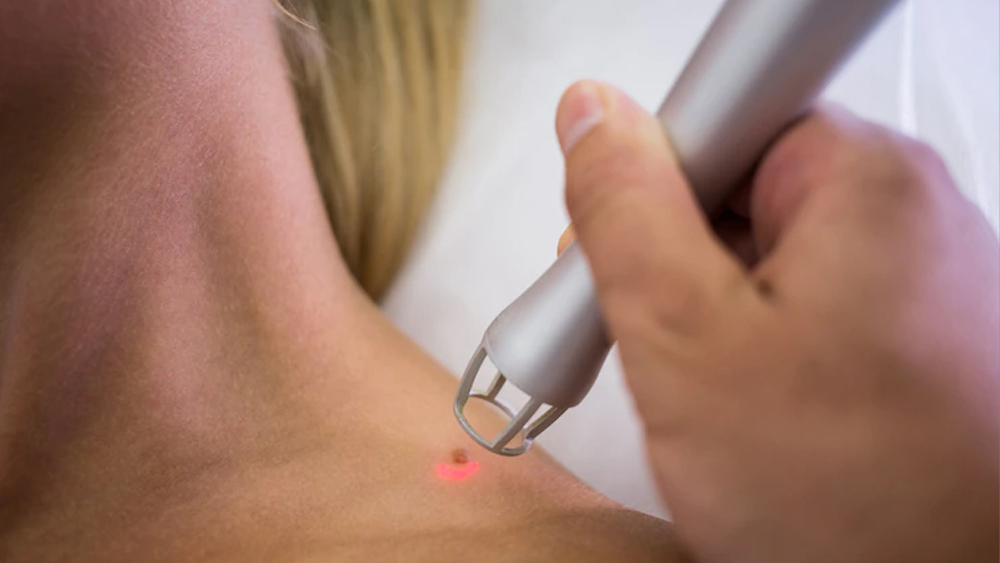Warts are noncancerous skin growths that affect youngsters more frequently than adults. Warts have the potential to spread to other parts of the body as well as to other persons. Because there are so many distinct varieties of HPV, there are many different types of verrucae/papilloma (more than 100). Except when they’re on the feet, verrucae/papilloma aren’t uncomfortable. The majority of Verrucae/Papilloma go away on their own over time.
What Causes Warts and How Do You Get Rid of Them?
Verrucae/Papilloma is caused by the human papillomavirus, which can be contracted by direct or indirect contact (touching others’ Verrucae/Papilloma or spreading your own).
Wart Symptoms and Signs
The following are the most prevalent forms of Verrucae/Papilloma and associated symptoms:
Verrucae/Papilloma: – Rough-surfaced growths around nails and on the backs of hands; grayish-yellow or brown in hue.
Hand and foot Verrucae/Papilloma: – Black dots (clotted blood vessels that once fed them) appear on the soles of the feet (plantar Verrucae/Papilloma) or the palms of the hands (palmar Verrucae/Papilloma); clusters of plantar Verrucae/Papilloma are called mosaic; can be uncomfortable.
Flat Verrucae/Papilloma: – Small, smooth growths that form in clusters of up to 100 at a time on children’s faces.
Verrucae/Papilloma of the Genitals: – Grow on the genitals and are sometimes sexually transmitted; are soft and do not have a harsh surface like other Verrucae/Papilloma.
Filiform Verrucae/Papilloma: – Small, long, thin growths on the eyelids, face, or neck.
Warts and their Treatment
- Cryosurgery is the process of freezing anything with liquid nitrogen.
- Excision is the process of removing a wart by shaving it off.
- Electrosurgery is the process of using an electrical current to kill a wart.
- Immunotherapy
- Laser surgery



